Discover the capabilities, innovations, and societal impact of the Figure 2 Humanoid Robot, a breakthrough in AI and robotics designed to revolutionize healthcare, education, and more.
Introduction
What is the Figure 2 Humanoid Robot?
Figure 2 Humanoid Robot is a new dimension of robotics that combines artificial intelligence and mechanical engineering with highly advanced sensor technology. It’s a robot, acting as precisely as a human would. Figure 2 Humanoid Robot was constructed to act as a human movement in order to identify complex environmental factors and to execute an array of applications-from simple forms, such as the assistance in a home to more complicated roles, as an aid to the medical world. This technology is not only moving forward with improvements of technological advancements but also helping robots easily enter into our lives.
Table of Contents
Figure 2 Humanoid Robot and Its Importance in Todays World
Figure 2 Humanoid Robot are engineering marvels, however, have been developed for some of society’s greatest needs. Humanoid robots make the difference in health-related concerns, removal of muscular effort from mechanized jobs, and easy opportunities to explore in interactive education. With all these factors, this gives labor options and the best ways of rehabilitation for treatments. Analyze which range of jobs is a humanoid robot to have roles on quality of life grounds along with various efficiencies around industries.
What is the Figure 2 Humanoid Robot?
Humanoid robot definition
Designed this way, this is just a human-like robot, called Figure 2 Humanoid Robot, to give a perfect interface while interacting with its human counterparts, yet enables interaction to feel real and responsive. Equipped with AI-driven behaviors in association with lifelike movements, it can then engage with complex tasks learned while time goes by adapting over with it, as it tries something over it. Technologically it may seem like wonder, whereas it makes the thing practically usable through precision and reliability.
Key Elements and Components
A combination of some of the most advanced elements constitutes the Figure 2 Humanoid Robot. It contains:
• AI and Machine Learning Algorithms: The robot uses AI in learning and adapting from the environment thus making its responses and actions much better based on inputs it gets from the users and the environmental conditions.
• High Precision Sensor Technology: Equipped with sensors that can detect objects, measure distances, and sense changes in light, sound, and temperature to get better environmental awareness.
• Human-like Joints and Actuators. It has the nature of being almost human like in moving for doing gentle motor maneuvers such as taking fragile goods or maneuvering a complex region.
• Interaction Communication Interface. The human-like machine can comfortably talk to its user through word, computer display, or a simple language. Hence it is such a scenario, whereby at any instance of time when communication needs to be vital.
•The form was balanced with function because the makers of the Figure 2 Humanoid Robot design was undertaken with ergonomics at its core so that the shape and actions of the robot would be approachable and effective in industrial and personal contexts. The idea brings Figure 2 easily transitioned between different contexts-be it for supporting the health care team or acting as a teaching assistant in class.
Technical Advancements (Figure 2 Humanoid Robot)
Figure 2 Artificial Intelligence Humanoid Robot
The base of Figure 2 Humanoid Robot is artificial intelligence. This enables the machine to make very complex decisions and even predict some results through historical data. The system makes the robot more responsive and adaptive rather than a programmed machine.
Mechanical Engineering and Robotics Design
The mechanical engineering team which comprised Figure 2 Humanoid Robot break the barrier for this stable, though very flexible, framework. The use of high-grade actuators and hydraulic systems brings out the robot-like characteristics while moving in the elegant style with stability. Innovation such as this means Figure 2 Humanoid Robot can accomplish detail work, however tender and little rigorous they appear to be.
Sensor Technology and Environmental Awareness
Figure 2 Humanoid Robot can map its environment in 3D using high-resolution cameras, infrared sensors, and LiDAR. It can thus move around in space safely and interact with humans and objects. This environmental awareness enables the robot to judge the potential obstacles, respond accordingly in real time, and accomplish its tasks with minimal risk of collision or error.
Applications of the Figure 2 Humanoid Robot

Medical and Health Care Applications
Figure 2 Humanoid Robot allows for the delivery of medical care in that it makes it possible for doctors to perform things that are intrinsically cyclical, helping the patient, and providing support to the precise surgery. The administrative work, observation of the patient’s vital signs, and even assistance with moving by Figure 2 lighten the burden of the medical staff and increase the quality of care to the patients.
Applications in Industry and Manufacturing
Figure 2 Humanoid Robot is very instrumental in the industry where heavy lifting is often repeated in performing tasks. The equipment is very accurate and cannot get tired easily. Due to its ability to handle a variety of machinery, assembly of different products, and transportation of materials, it makes one of the most significant manufacturing and warehouse assets. Since the equipment can be programmed to almost any production task, it increases productivity while also being safe.
Applications to Learning and Research
Figure 2 Humanoid Robot: It is among the interactive tools with education that can show how the scientific concepts work, interphase with students, and enable the use of the research labs. Its versatility in educational institutions makes it among the largest devices that will improve knowledge since it presents some kinds of hands-on experiences that improve the understanding of robotics, AI, and even the engineering aspects.
Household and Personal Assistance Applications
The applications of Figure 2 Humanoid Robot for personal assistant purposes look fairly promising as it gives somewhat human-like behavior along with friendly design. The older people can be supported while making them perform the necessary acts of daily living or simply assist them with doing home work, and at the same time, it will keep one company who may need more time. It has a facility where it can learn regarding people’s personal preferences and routine work as well, which makes the tool a good assistant to humanity, upgrading the quality of life in many spheres of life.
Capabilities and Limitations
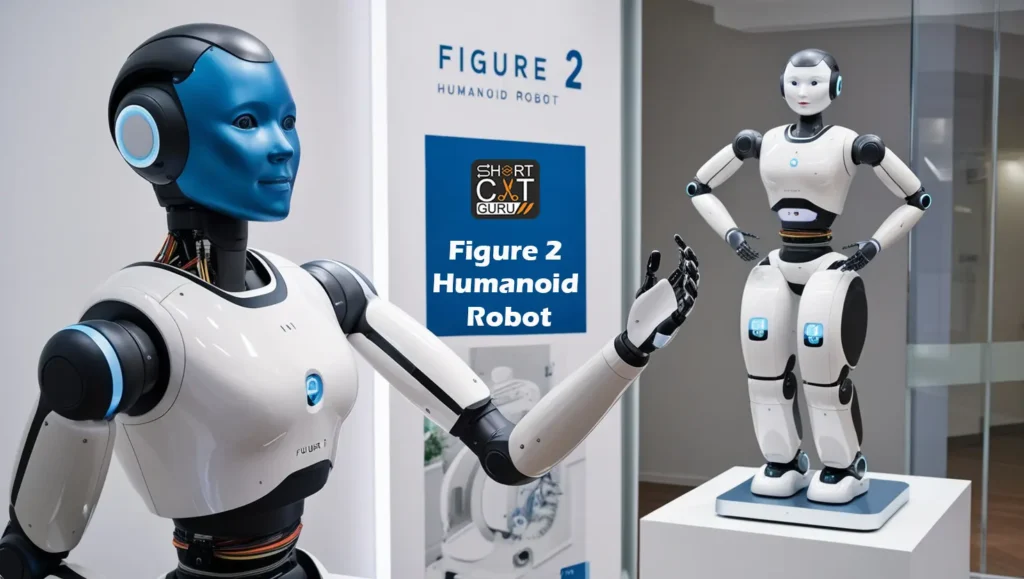
Strengths of the Humanoid Robot Figure 2
One of the major advantages of Figure 2 Humanoid Robot is its flexibility. It is used in nearly any setting, adapts to new commands and, performs basic or intricate activities. It is strong and accurate and, consequently, a very practical tool in health care, manufacturing, and educational applications.
Challenges and Limitations
Despite the might of Figure 2 Humanoid Robot, this has its weaknesses. It is expensive to produce hence very unaffordable for many consumers. Perhaps advancement in technology will bridge the gap. This robot is very dependent on maintenance. Without proper maintenance, it is less likely to perform consistently. Perhaps it may become so reliant on AI that, in cases where the subtle interaction between humans is factored in, it becomes obsolete.
Comparison with other Humanoid Robots
Compared to other humanoid robots, Figure 2 Humanoid Robot shows the most recent AI and mechanical design. While some robots may be highly excellent in one or two areas, Figure 2 Humanoid Robot combines flexibility with accuracy as no other humanoid robot in the robotics market does.
Impact on Society (Figure 2 Humanoid Robot)
Ethical Considerations and Human Interaction
As seen in Figure 2 Humanoid Robot, these humanoid robots come with such questions of ethical usage – mainly in terms of employment displacement and reliance on machine use. Only with a responsible use, transparent protocols, and an ethical design in AI can such robots be brought into our social fabric.
Effect on the Job Market by Automation
While Figure 2 Humanoid Robot will most likely raise productivity it will negatively impact the job market, however, humanoid robots will positively impact the job market especially in areas such as development of AI, engineering of robotics as well as maintenance services where skilled persons are needed.
Improving Accessibility and Quality of Life
The existence of Figure 2 Humanoid Robot makes the life of a person suffering from a physical impairment easier in relation to supporting daily chores because it gives the patient greater independence. Figure 2 Humanoid Robot is one of such sorts of robots that, owing to access, shall satisfy the need in the future and has the capabilities for support in many other dimensions. How Figure 2 humanoid robots are created: Role of AI and Machine Learning
The development of the Humanoid Robot in Figure 2 is based on the advancement in AI and machine learning technology. These technologies allow the robot to learn from its experiences so that it could improve its performance at later times. During the development phase, engineers train the robots using huge datasets of various interactions that the robot may face; through such a process, the Figure 2 improves its response and adapts to the real-world interaction by being more effective and reliable.
Mechanical Design and Prototyping
Figure 2 Humanoid Robot is heavily mechanical engineering and prototyping to be manufactured. The engineers fabricate every part with a very high level of accuracy, and they do not overlap parts. Prototyping is also performed through iterative testing that is, engineers can detect an error in the design and correct it before final production. This way, the engineers ensure that the robot would be able to carry out all the complex functions reliably while ensuring safety and durability. The engineers also try to produce a lightweight structure, as this will provide mobility but not at the cost of strength.
Software Integration and Testing
With the mechanical parts complete, the process now integrates software systems that govern the behavior of Figure 2 Humanoid Robot. This integration is fundamental because it defines how the robot interprets data emanating from its sensors as well as how it reacts to users. The robust testing ensures that the software gives the appropriate response of the robot to its environment and user inputs. Many experiments by engineers in controlled atmospheres in the lab ensure that all mechanical parts of the robot check out before being launched on to the real environment
Future Prospects (Figure 2 Humanoid Robot)
Future Designs and Improved AIs
The future for humanoid robots, like Figure 2 Humanoid Robot, is very bright and seems to promise even more when advanced AI continues to be implemented into the development of humanoid robots. More advanced models, which are actually under production, would embed much more complex learning algorithms to allow intuitively to adapt to the extremely complex tasks and environments. Possible final results of this improvement might come with robots developed with better senses of humans’ emotions, which make possible more personalized and personal forms of assistance in interactions
Future Industries in Robotics
The more development that happens in the industrial environment, the more important humanoids will be. One might anticipate that the humanoid machines can use these disasters to move to hostile locations to assist people in rescue situations. In the field of agriculture, it can take on some more laborious jobs in making the production and supply lines food better. It means having more efficiency, cost effect, and overall productivity everywhere, all sectors, because robots might be applied.
Enhancement of Human-Robot Collaboration
As humanoid robots keep sprouting up, trust and rapport between humans and robots will soon be required. Future development would be made to ensure that robots communicate well, recognize human signals, and therefore better fit into our lives. This can eventually make a change in how we regard robots, from simply being treated as machines to really having them as a treasured ally in daily life.
Maintenance and Upgrades (Figure 2 Humanoid Robot)
Maintenance Requirements for General Use
To achieve its optimum performance, the Figure 2 Humanoid Robot requires routine maintenance. These are periodic checks on the mechanical parts of the robot, sensors, and software. Maintenance has to be done in order to clean the sensors, upgrade the software, and have the joints and actuators checked. Proper maintenance also prevents breakdowns and ensures durability over time; therefore, this robot helper is reliable.
Upgrade and Scale its Capability
Figure 2 Humanoid Robot also will change with the advancement of technology. It is very easy to upgrade in terms of hardware and software as it is modular in nature. New sensors or latest AI algorithms enable users to extend the capabilities of the robot. Hence, Figure 2 Humanoid Robot remains relevant for a long time, giving a long-term solution to many applications.
Figure 2 Humanoid Robot User Experiences
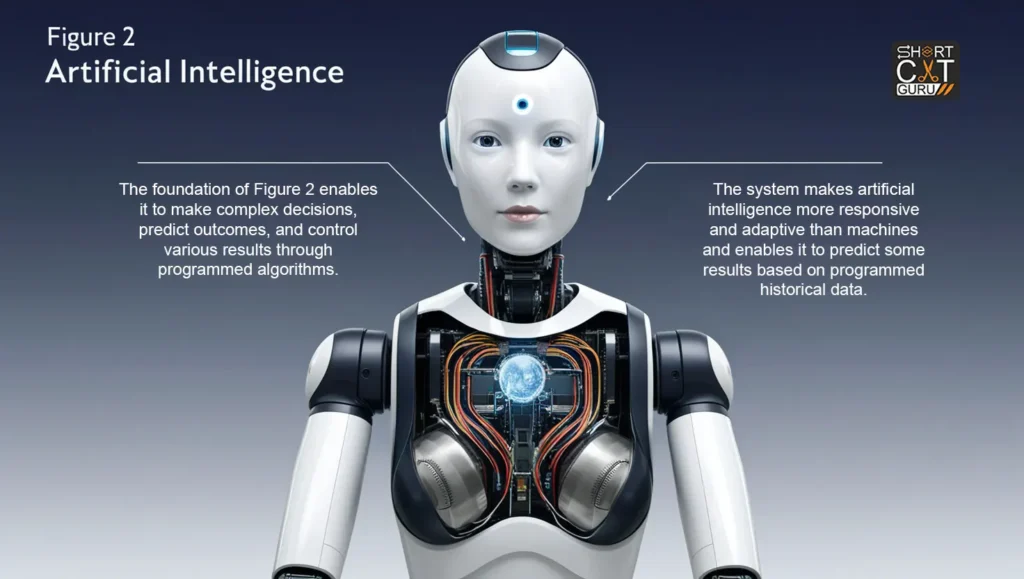
Testimonials from Medical Fields
Figure 2 Humanoid Robot was received well by comments from the health professionals. It is a common misconception in the health care delivery that the robot support actually reduces the workload burden among practitioners such that they find time for good time with their patients. Nurses are noted to have greatly praised Figure 2 Humanoid Robot when handling simple tasks like drugs that enhance the systematic undertaking of hectic hospitals. The patients also feel pretty comfortable with communicating to Figure 2 Humanoid Robot, without giving the impression of being too stern and can initiate and maintain a conversation with them.
Expert Opinion in Industry
According to the industry experts, as in Figure 2 Humanoid Robot, the use of robots is crucial to enhance safety and productivity at the workplace. The factory managers report fewer injuries in the workplace after they introduced humanoid robots to carry heavy loads and conduct repetitive operations. This saves the worker from injury but at the same time, productivity also increases because human employees can concentrate on complex, creative tasks.
Feed Back from School/College
As illustrated in Figure 2 Humanoid Robot, the robot is a highly effective learning device that has made educational environments productive. As claimed by educators, students come to learn STEM subjects more practically than mere lecturing in class. The execution of scientific principles in real time through the robot will capture the attention of students and guide them to understand more about complex concepts. The respondents commented that learning using Figure 2 was fun and easier to memorize compared to a traditional teaching.
Cost and Accessibility (Figure 2 Humanoid Robot)
Pricing Models
The cost of Figure 2 Humanoid Robot differs because of its features of availability and capabilities. The cost appears to be relatively high, especially the investment that schools and the health facility seem to make once it is set up. In fact, the saving in the long run appears to be massive regarding efficiency and increase in productivity. Return on investment is heavily felt, and it tends to be worth as compared to the initial one in many instances.
Ease of Accessibility and Availability
With growing demand for humanoid robots, there are efforts to make Figure 2 Humanoid Robot more accessible to diversified markets. Companies seek ways to reduce the price of production without compromising quality so that there is increased investment from as many organizations as possible into these sophisticated robots. Efforts to develop better networks in distributing these robots also reach regions that may have been deprived of their utilization and thereby increase its applicability globally.
Environmental Impact (Figure 2 Humanoid Robot)
Robotic Sustainability in Design
The Figure 2 Humanoid Robot also has an environmental concern. Engineers maintain the resource by using renewable materials to develop the robot with energy-saving systems. This focus in the design reduces the robotic carbon footprint even as other global sustainability ambitions are advanced.
Resource usage impact
Figure 2 Humanoid Robot saves resources since it automates activities. This is because the production capabilities of this figure minimize waste and promote the use of resources. Also, humanoid robots can be employed in any industry to ensure that the number of labor forces required is as low as possible, which implies the reduction of resources.
Safety and Privacy (Figure 2 Humanoid Robot)
Data Safety Issues
As humanoid robots invade our daily lives, data security is the issue that comes out in open. Figure 2 Humanoid Robot has strong measurement criteria that prevent users’ data from misusing and ensure safe interaction. Engineers keep updating those security measurements to counter upcoming threats, which makes users more confident about using humanoid robots.
Privacy Protocols
The basis of maintaining user trust is the in-grafting of privacy protocols. Figure 2 Humanoid Robot describes a system that adheres to strictly enforced rules for data collection and utilization. Users can change the privacy settings, so users can choose who and to whom information are distributed thus adhering to set rules. All of these are vital components for achieving acceptance of humanoids in sensitive settings, which could be homes or care environments.
Selection of Humanoid Robot
Choice of Appropriate Humanoid: Appraisal
For choosing an appropriate humanoid robot, say Figure 2, a lot of factors need to be considered. The user needs to examine his specific needs against what the robot is able to do, how versatile the robot is, and how user-friendly the robot is. Having an idea of what it will primarily do will help in guiding the entire process and ensure that the one chosen meets expectations.
Popularity Models Comparison
It is quite imperative to compare Figure 2 with the other humanoids in the market. Through features, cost and user reviews, it would make comparison on which model would better suit a particular application. Comparing the strengths against weaknesses of a particular option allows the buyer to make an informed decision and align it with an appropriate goal.
Figure 2 Humanoid Robot FAQs
What are some reasons that make Figure 2 Humanoid Robots special?
Figure 2 Humanoid Robot is unique with its highly developed AI, natural-looking movements, and adaptability in different types of environment. Its design allows it to execute intricate missions and relate with human beings in an authentic manner.
How long would a Figure 2 Humanoid Robot last?
If properly maintained, Figure 2 Humanoid Robot can be used for hundreds of years. Maintenance should be carried out periodically for the long life and trouble-free operation.
Are they adaptable?
Yes, Figure 2 Humanoid Robot can be adapted to meet particular user demands through changes in its software and hardware for improved functionality.
How does Figure 2 Humanoid Robots learn?
Figure 2 Humanoid Robot learns through machine algorithms that learn from data compiled from its experiences and relations. This makes it an organism that can learn and become more effective in time with its operations.
Does this type of humanoid robots present a danger to us?
While the humanoid robots like Figure 2 Humanoid Robot are designed safe, there may be malfunction or human interaction issues. Therefore, proper training and safety measures are required.
How does it integrate with other technologies?
Figure 2 Humanoid Robot will integrate with other smart technologies including home automation systems and health monitoring devices to enhance its functionality and allow a seamless user experience.
Conclusion
Thus, the Figure 2 Humanoid Robot is excellent work in the realms of robotics and artificial intelligence. The innovative designs are versatile and adaptable, and they may revolutionize a broad variety of sectors from health and education to even more technological realms. With technology driving most of our lives into the future, human-like robots will shape that reality and enhance the human condition. These innovations embraced are not only improving our living quality but also helping create a future where both humans and robots will stand hand in hand.



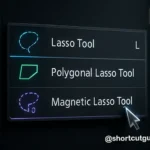






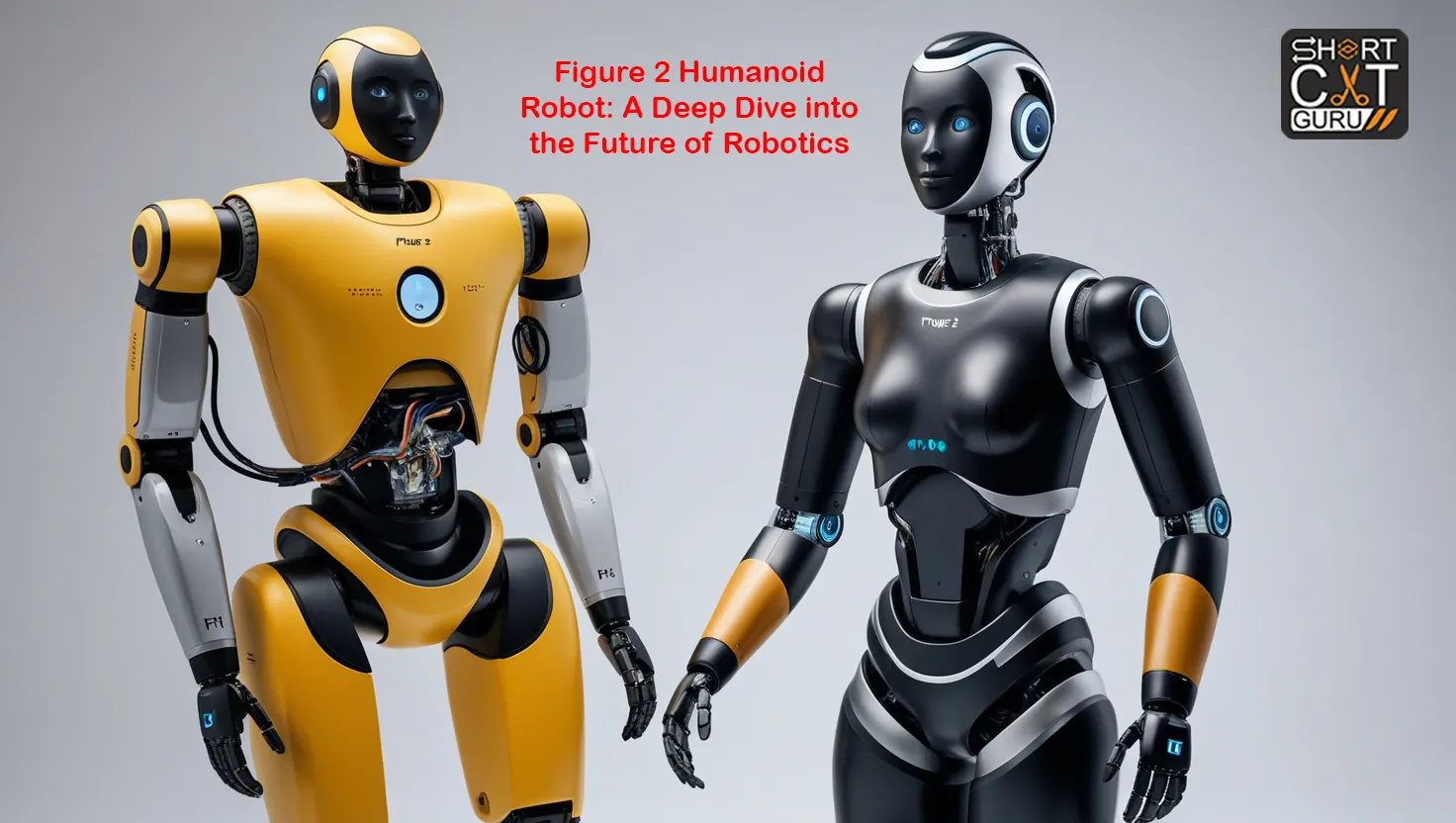
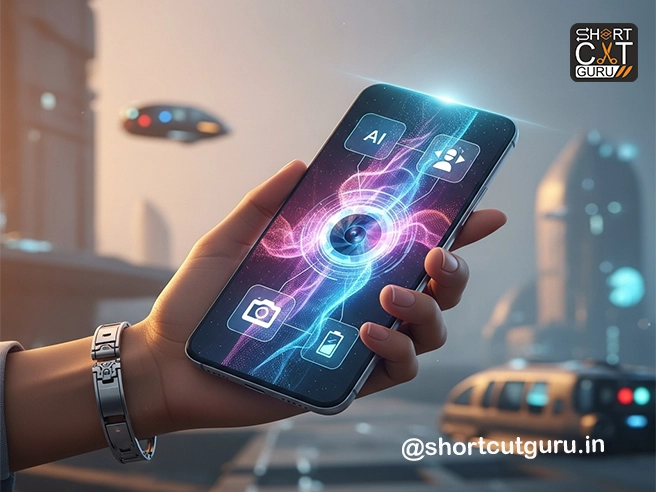


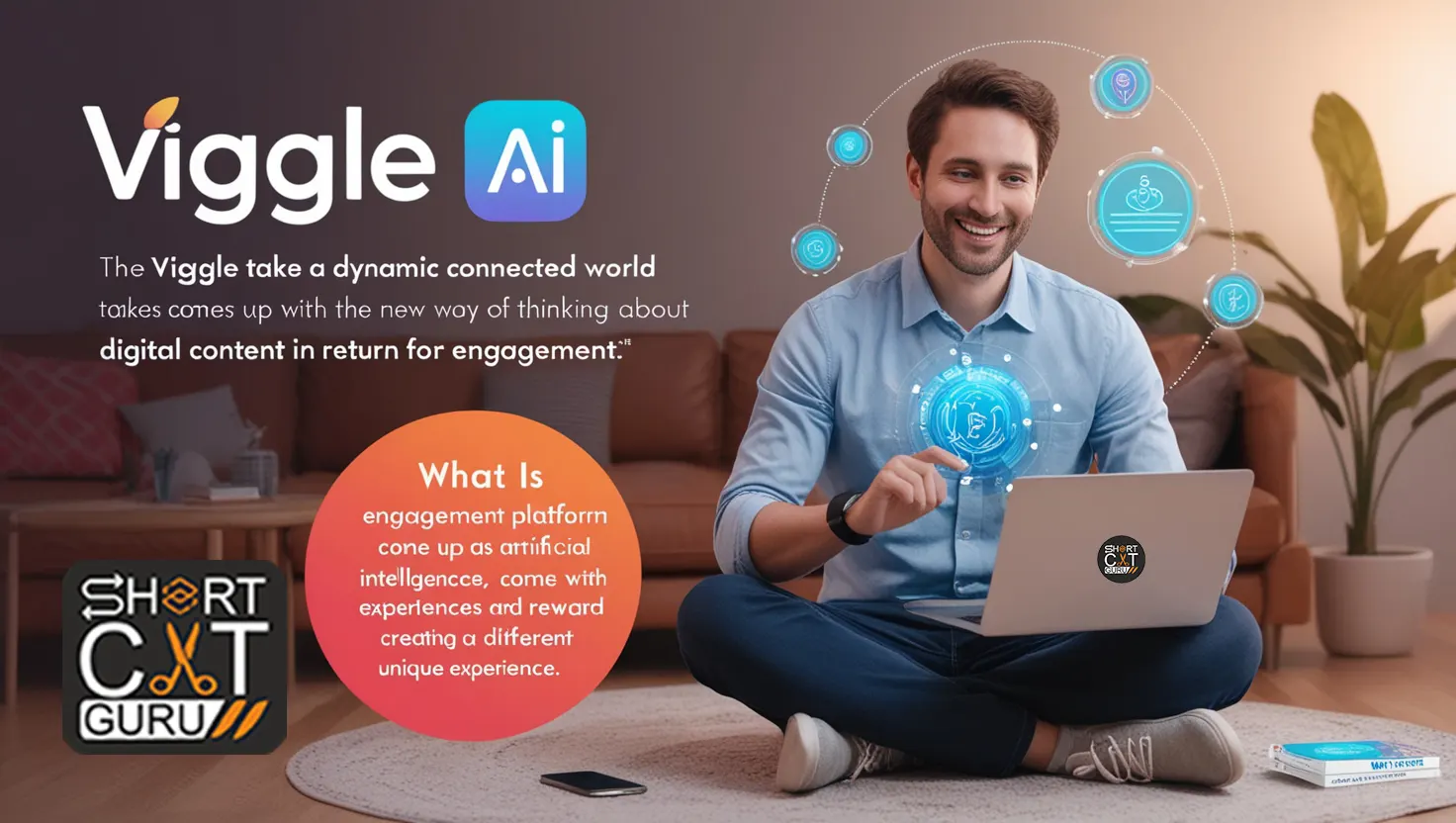
Your point of view caught my eye and was very interesting. Thanks. I have a question for you.